Freedom within the Dimensions of Silent Retreat Practice
by Janet Solyntjes //
Do you associate the practice of mindfulness meditation with freedom? How is freedom discovered within the form of a meditation retreat? This article is intended to offer a framework in which to view silent retreat practice as a path to freedom.
The Gateway to Retreat: Motivation and Preparation
The gateway to retreat is acknowledging your personal motivation for retreat practice. Motivation is often based in a longing of the heart and a curiosity of the mind. The following questions might spark a knowing of your personal motivation: Are you seeking to bring a renewed inspiration into your life and relationships? Do you long for a deeper appreciation for your mindfulness meditation practice? Are you curious if hours of formal mindfulness and awareness practice will positively influence your sense of being human?
Having touched into the spark of personal motivation you will need to follow with some preparation. The most important preparation involves cultivating an inner resolve to abandon any hope of fruition. Really. Let go of hope regarding the outcomes of retreat. Let go of fear, too. Simply attend to the three dimensions of retreat, as best you can.
The Outer Dimension of Retreat: Environment
Over thousands of years and across the globe, women and men have sought places of seclusion and quietude for engaging in deep contemplation and meditation. What did their places of refuge look like? Picture Henry David Thoreau spending time along the shores of Walden Pond, saffron-robed monastics sitting under umbrella tents in the countryside of Thailand, Tibetan yogi’s and yogini’s practicing for years in mountain caves, the Mothers and Fathers of Egypt creating communities of asceticism in the desert, or the modern day hermit who chooses to live their deeper values “off the grid” of conventional society.
If you are preparing for a virtual meditation retreat it is important to establish the proper environment––“a retreat hut or cave” in your own home. This outer dimension protects your retreat from the activities, messages, and common distractions of daily living.
The Inner Dimension of Retreat: Staying focused and reducing distractions
One of the biggest challenges to meditation practice and to attending a retreat is actually showing up and doing it. The inner dimension of retreat includes the rigorous daily schedule, the discipline of an ongoing present-moment focus, and the willingness to engage wholeheartedly.
The following list of reminders relate to the inner dimension:
- Maintain a commitment to yourself to stay, stay, stay.
- Bring an effort to your practice which is neither too tight nor too loose.
- Meet challenges with kindness (Remember, it won’t always be comfortable or easy).
- Delight in small things––a single breath, the lifting and swinging of a foot before taking a step, tasting a bite of food, hearing a bird sing or the wind blow.
- Welcome momentary insights without making them a big deal.
- Welcome all of you without making yourself a big deal.
The Innermost Dimension of Retreat: Resting in awareness
The innermost dimension of retreat concerns the practice of recognizing and resting in awareness, the innate knowing and clarity of the mind. When attention is neither focusing outwardly nor concentrating inwardly we can rest in natural awareness, or nowness, which is an essential component of freedom.
In the words of Jon Kabat-Zinn, “Awareness, like the present moment itself, is virtually a hidden dimension in our lives, embedded everywhere and therefore not so noticeable anywhere.” This hidden dimension in our lives is difficult to put into words. Poetry and imagery attempt to point to the wordless realm of natural awareness:
Flutteringly,
Floating in the breeze,
A single butterfly.
Among the grasses
An unknown flower
Blooming white
A Pith Instruction of Retreat: Take A Leap
The most valuable aspect of retreat is learning how to take a leap out of the stagnant and familiar world of habitual patterns into the unfamiliar spaces of the heart and mind. In the gaps between thoughts we discover the open dimensionality of the heart-mind – one learns how to leap into this openness by letting go, over and over again. From Jon Kabat-Zinn, “Your work is simply seeing and letting go, seeing and letting go, sometimes ruthlessly and relentlessly if need be, always intentionally and courageously.” Eventually, the open dimensionality is discovered as the essence of all experiences––the body, feelings, emotions, perceptions, and thoughts. Discovering life’s open nature is freedom. Such experiences of freedom may not last long in retreat, but they can fulfill all desire on the spot.
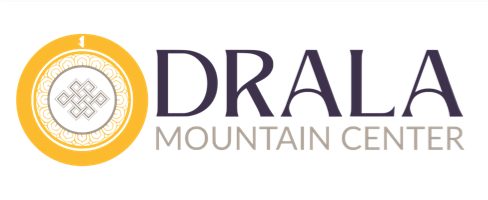
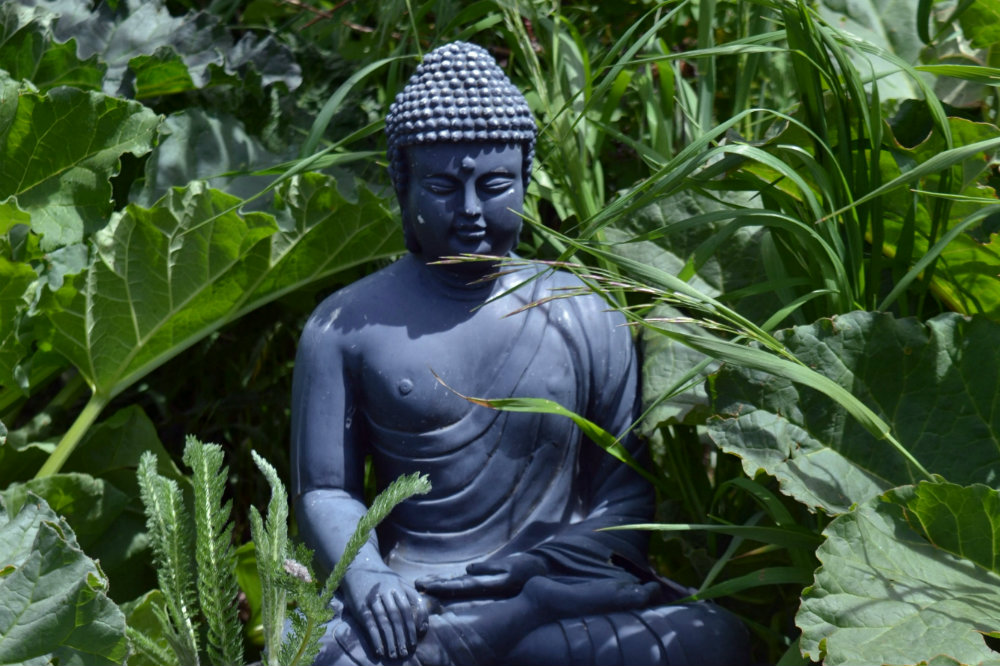
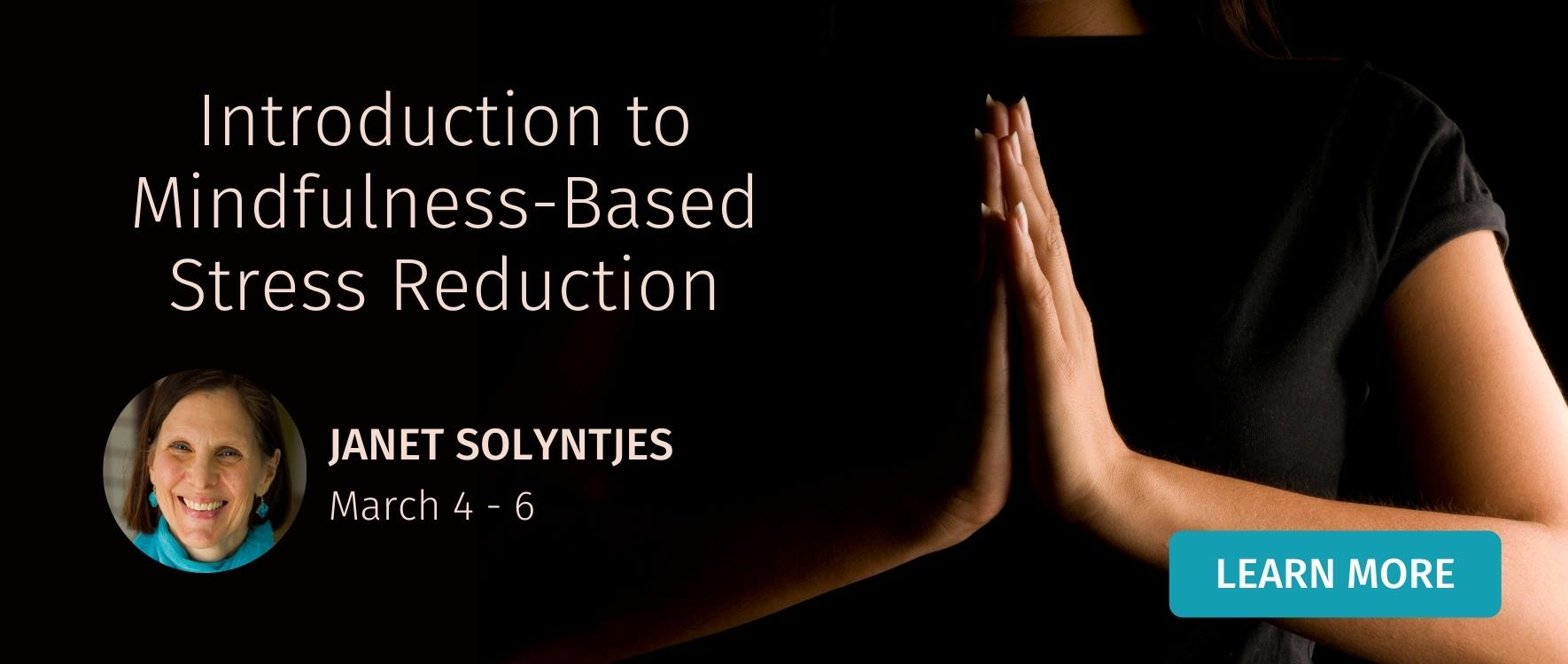
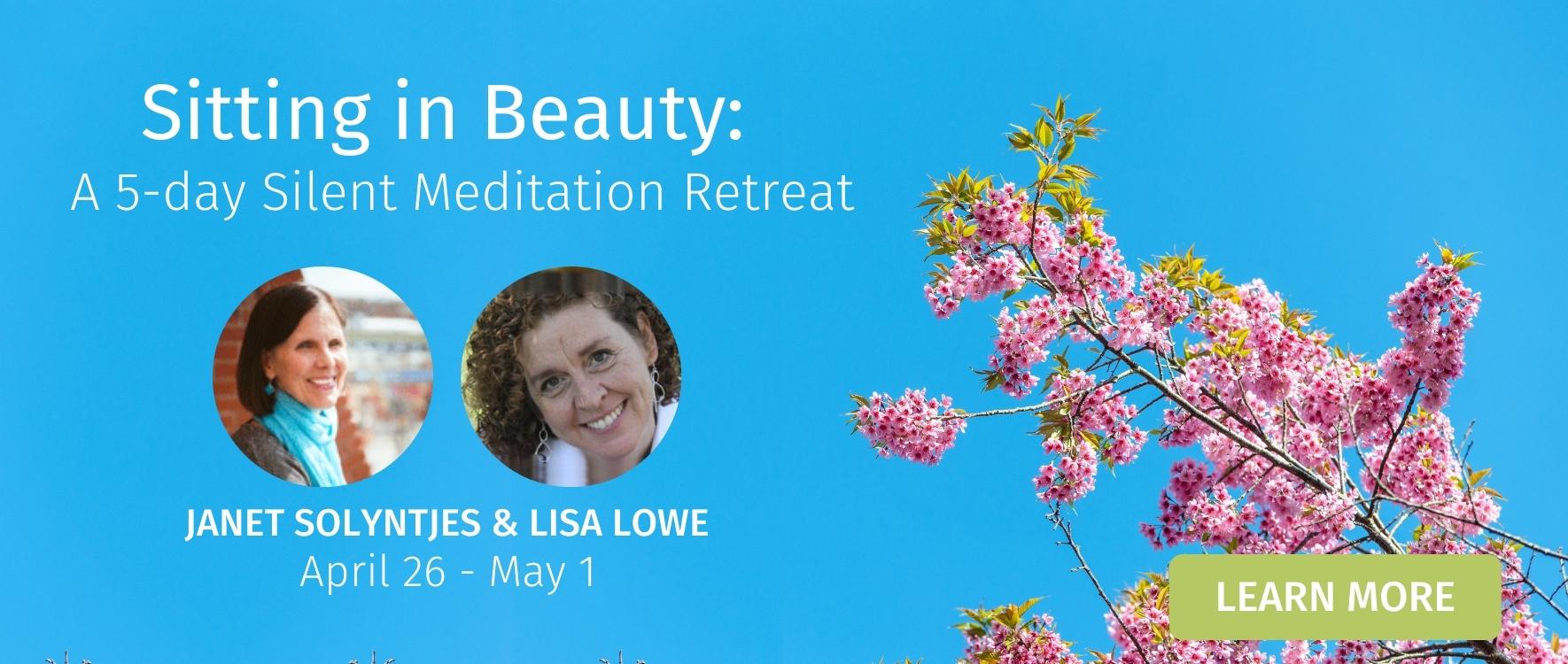
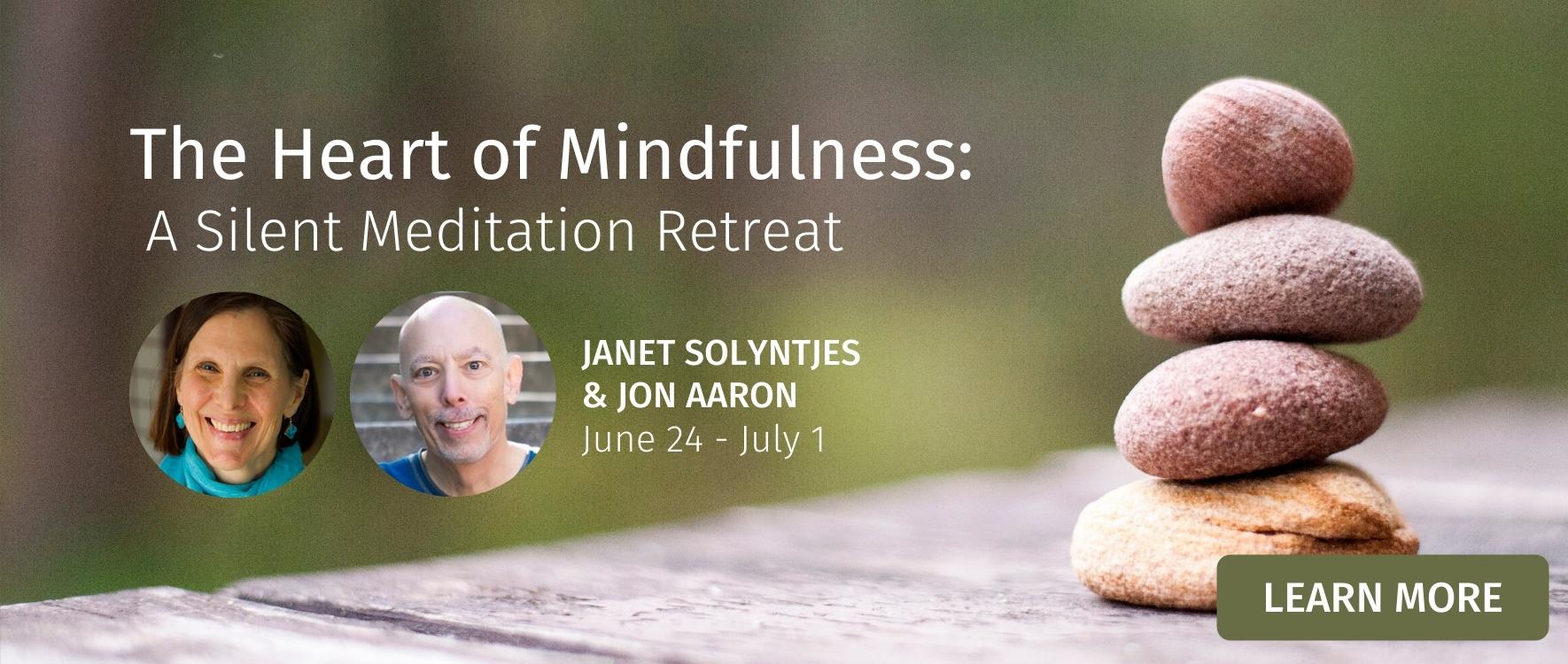
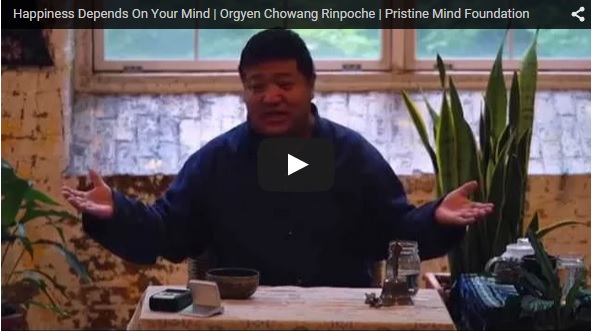
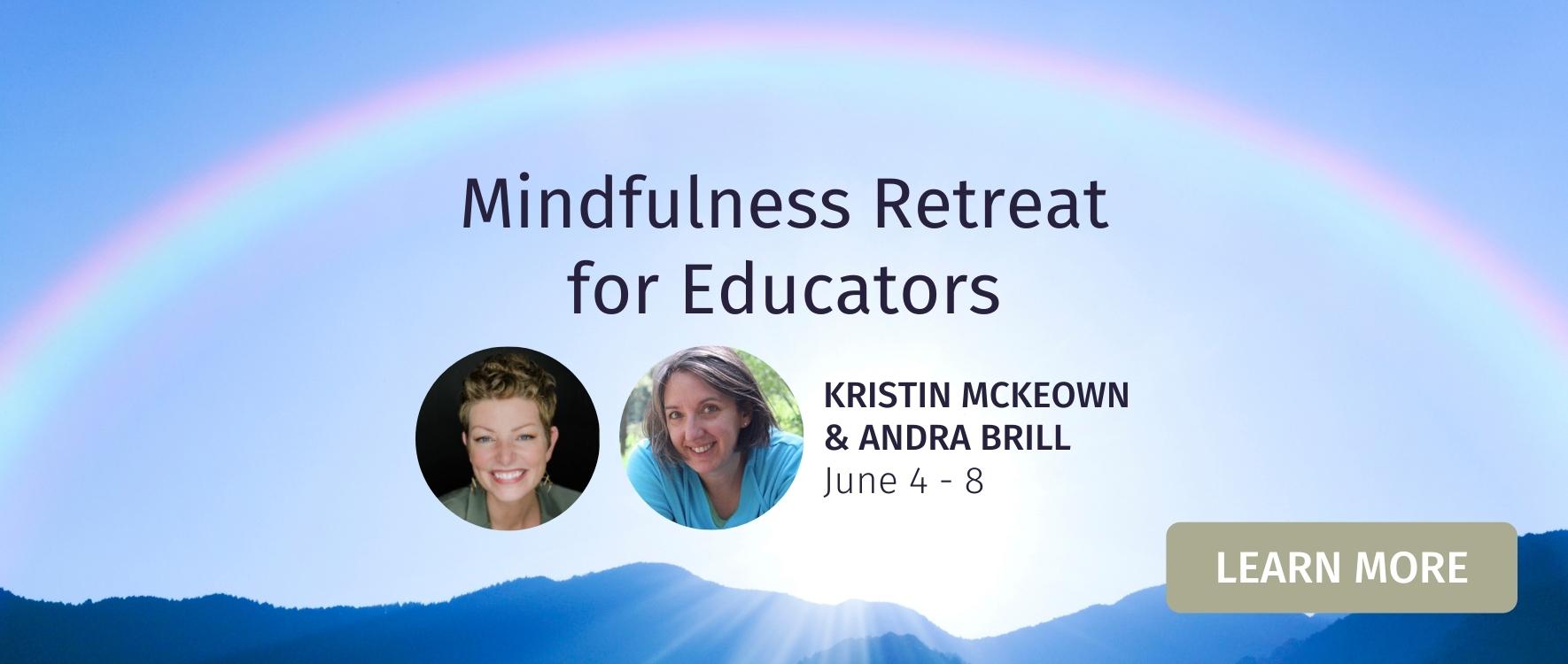
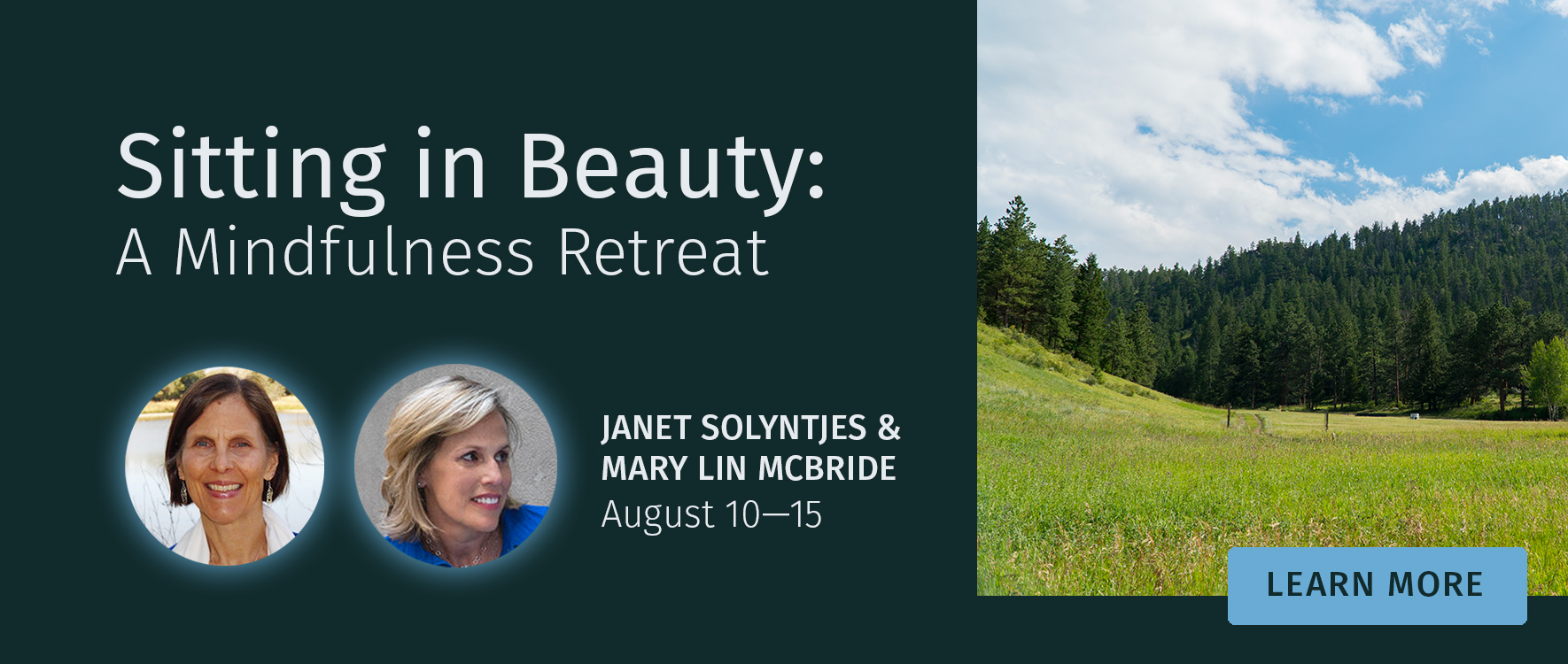
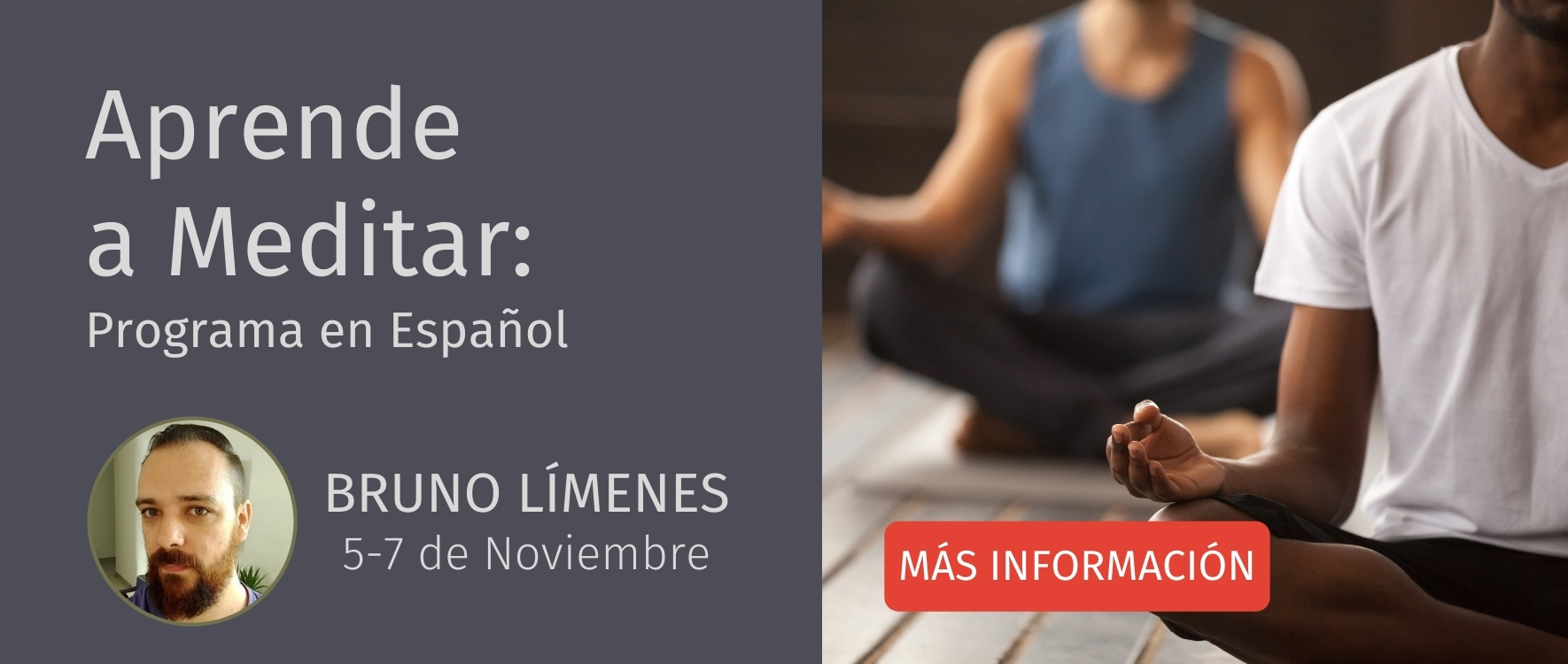
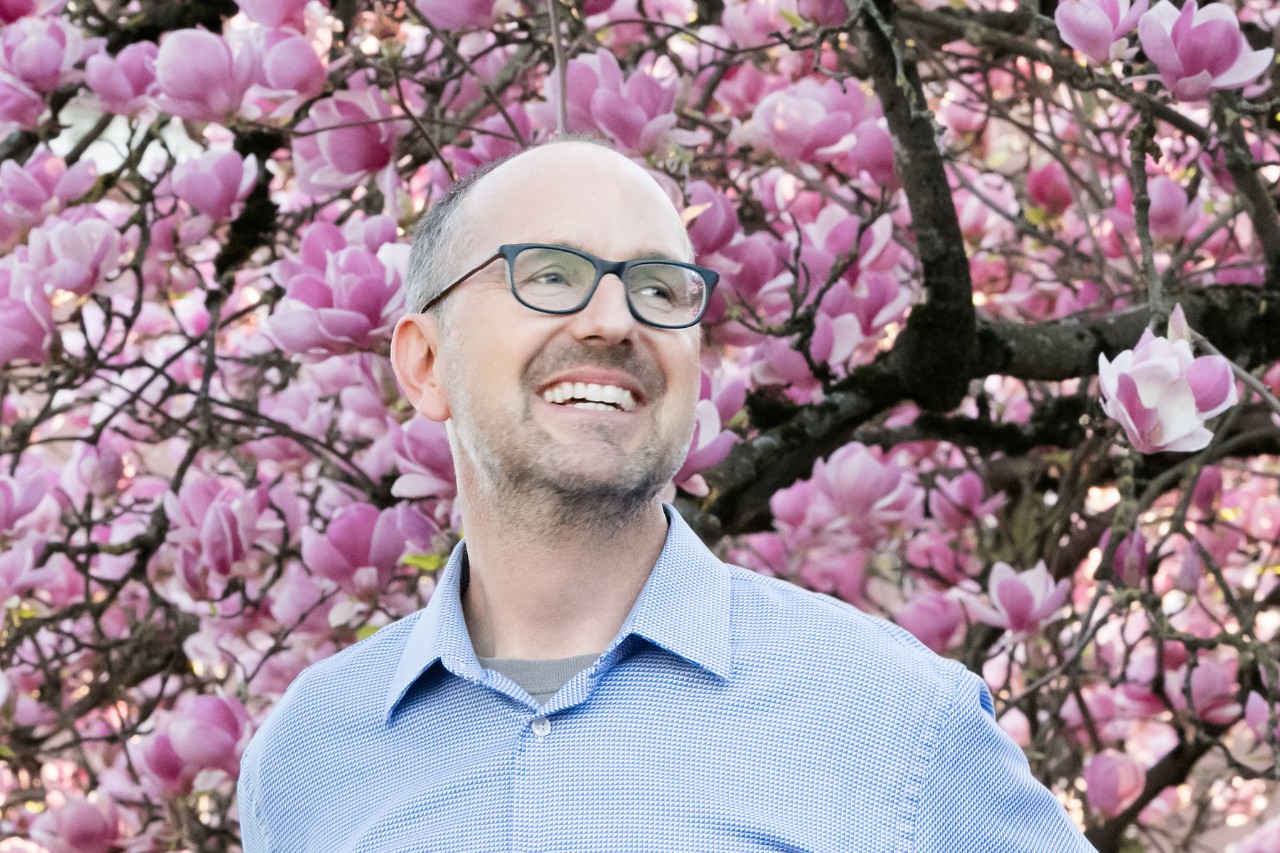

Leave a Reply
Want to join the discussion?Feel free to contribute!